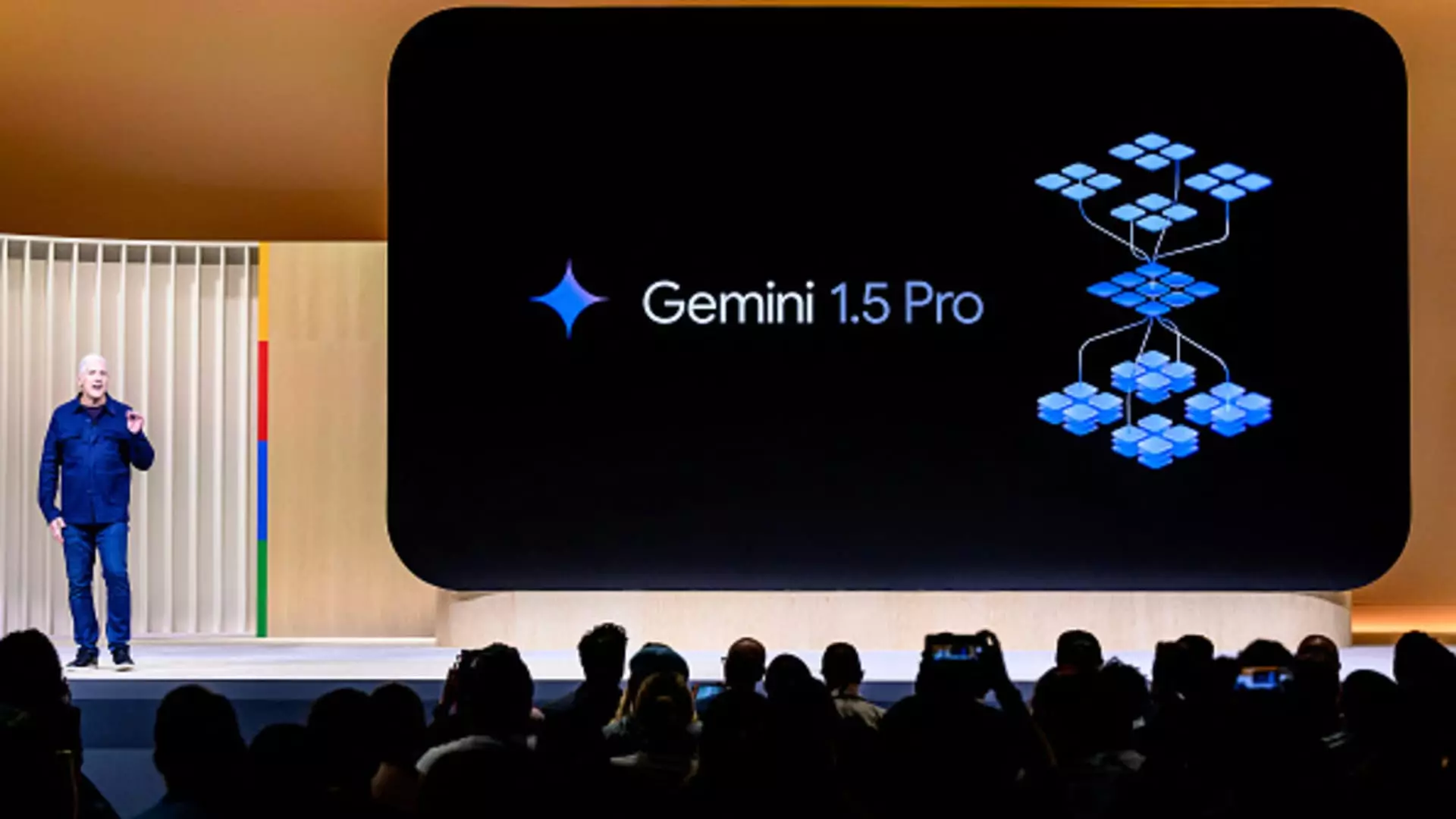During Google’s recent Pixel phone launch event, a product director named David Citron encountered an embarrassing moment as he showcased the mobile capabilities of Google’s new AI assistant, Gemini. The demo involved asking the assistant to check his calendar to see if he was free the night pop star Sabrina Carpenter was playing in San Francisco. Unfortunately, the demo failed multiple times in front of a large audience of media and online viewers, freezing up and displaying error messages. Despite a quick phone swap and plea to the “demo gods,” it finally worked on the third try. This incident, while brief and buggy, shed light on Google’s advancements in artificial intelligence features, setting them apart from their competitors.
In contrast to Google’s live demo approach, Apple recently presented a prerecorded video to showcase Siri’s new capabilities under its Apple Intelligence system. Apple Intelligence is still undergoing testing for developers, with critical improvements like image generation, ChatGPT integration, and advancements for Siri yet to be officially released. This move by Apple stands in stark contrast to Google’s strategy of demonstrating real and shipping AI features during their live presentations. Google’s focus on delivering tangible products to the masses rather than projecting a future vision highlights a shift in the industry’s approach to AI technology.
With both Google and Apple vying for dominance in the AI integration space, the smartphone market is set to witness a significant transformation. IDC estimates that the demand for “Gen AI” capable smartphones will quadruple by 2024, signaling a growing need for devices equipped to run AI applications. Google’s unveiling of Gemini Live, its next-generation assistant, showcased capabilities not yet available in competing products. This includes the ability for the assistant to engage in natural conversations, add items to shopping lists, and perform research tasks for users.
As generative AI technology makes its way into smartphones, the landscape of AI processing is shifting. Instead of relying on large data centers to run sophisticated AI models, smartphones are now equipped to handle tasks like summarization and fluency internally. Google’s emphasis on multimodal AI, showcased through features like capturing text from images and creating searchable notes, demonstrates a unique technological advancement that sets them apart from the competition.
Google’s executives attributed the success of their AI technology to decades of investment in the field, highlighting their integrated AI strategy as a key driver of innovation. By combining hardware and software seamlessly, Google has positioned itself as a leading force in the AI market. This contrasts with Apple’s traditional approach, where the focus has been on creating products that leverage the company’s expertise in hardware-software integration.
Google’s Pixel launch event and Apple’s AI integration efforts offer a glimpse into the future of artificial intelligence in smartphones. While both companies are pushing boundaries and innovating in the AI space, Google’s live demo mishaps and Apple’s more cautious approach underscore the challenges and opportunities that come with integrating AI into consumer products. As the competition heats up and consumer demand for AI-capable devices grows, it will be interesting to see how Google and Apple continue to evolve their strategies and offerings in the ever-changing landscape of AI technology.


Leave a Reply